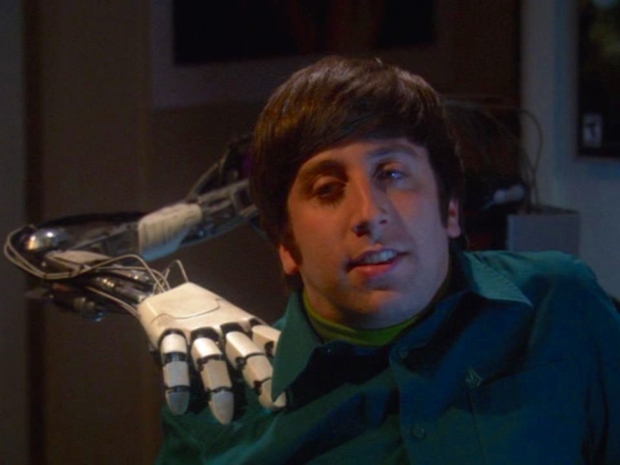Swiss Federal Institute of Technology Zurich professor of Robotics Robert Katzschmann said that robots have lacked real bones or the flexible tissues that connect them which make them less flexible, agile, and soft as human bodies.
Now his team, and a US-based startup Inkbit have figured out a way to 3D print the world’s first robotic hand with an internal structure composed of human-like bones, ligaments, and tendons. What makes the hand even more special is that it was printed using an entirely new 3D inkjet deposition method called vision-controlled jetting (VCJ).
Currently, robots that are 3D printed are typically made using fast-curing polyacrylates. These polymers are durable and solidify rapidly during deposition.
To avoid irregularities, “Each printed layer requires mechanical planarisation [the process of smoothing an uneven surface by using mechanical force], which limits the levels of softness and the type of material chemistries that can be used,” the researchers note. This is why standard 3D-printed robots are not very elastic and are limited in their shapes and materials.
The VCJ method uses soft, slow-curing thiolene polymers with good elastic properties and return to their original state much faster after bending than polyacrylates.
In a VCJ system, along with a 3D printer, there is a 3D laser scanner that visually inspects each layer for surface irregularities as it’s deposited.
This visual inspection makes the print process fully contactless, allowing for a wider range of possible polymers to be deposited. We, for example, printed with thiol-based polymers because it enabled us to create UV-light and humidity-resistant structures, Katzschmann said.
The boffins claim that this closed-loop controlled system allows them to print the complete structure of a robot at once.
“Our robotic hand can be printed in one go, no assembly is needed. This speeds up the engineering design process immensely—one can go directly from an idea to a functional and lasting prototype. You avoid expensive intermediate tooling and assembly,” Katzschmann added.
Using the VCJ technique, the researchers successfully printed a robotic hand that has internal structures similar to those of a human hand. Equipped with touch pads and pressure sensors, the robotic hand has 19 tendon-like structures that allow it to move the wrist and fingers. The hand can sense touch, grab things, and stop fingers when they touch something.

